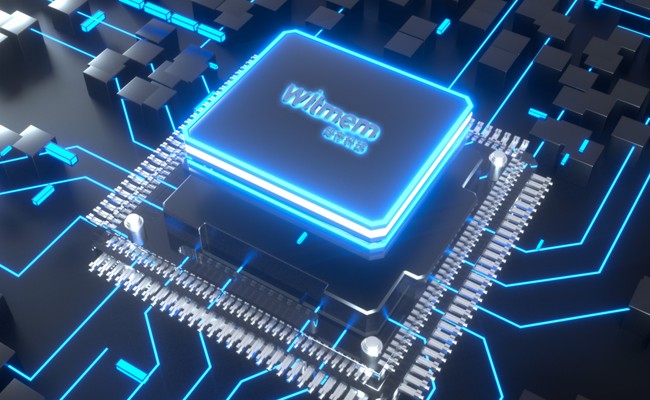Based on computing in memory technology, achieved NN VAD and speech recognition
WTM2101 is a speech recognition and wake-up chip based on computing in-memory technology, with a core consisting of a set of low-power processors specifically designed for speech recognition. Compared to traditional speech processors, WTM2101 adopts a series of optimization measures for speech wake-up and recognition scenarios, significantly reducing power consumption.
One of the most important optimization measures is the full phoneme algorithm model. Traditional speech recognition algorithms require a large amount of acoustic and linguistic knowledge to build complex acoustic and language models to achieve high-precision recognition. The full phoneme algorithm model uses a simpler speech unit, namely a single phoneme, to avoid complex acoustic and language modeling, thereby greatly reducing the complexity and power consumption of the algorithm.
Offline speech wake-up and recognition technology has been widely used in smart homes and smart speakers. The balance between AI speech recognition rate and false wake-up rate has always been a challenge, requiring a false wake-up rate of no more than once in 24 hours while achieving a recognition rate of over 95% in noisy environments. This requires high requirements for algorithm models and computing power and can only be widely used in speakers, home appliances, and mobile terminals.
In addition, WTM2101's computing in-memory technology can reduce power consumption by tens of times to the microampere level while running high-power AI algorithms, enabling wearable devices with only tens of milliampere-hour batteries to have voice wake-up and recognition capabilities. Moreover, WTM2101 can run full phoneme algorithm models. Not only is the wake-up power consumption low, but even hundreds of command word recognition without wake-up can be achieved with overall power consumption lower than 1mA.
WTM2101 also uses a series of algorithm and hardware optimizations for low power consumption, such as fast wake-up technology, low-power speech fragment processing technology, etc., which can further reduce power consumption and improve the accuracy and stability of speech wake-up and recognition.
Overall, supported by in-memory computing technology, WTM2101 can achieve efficient and low-power speech wake-up and recognition functions, suitable for various low-power speech applications, including wearable devices, smart homes, smart speakers, and mobile terminals.

评论
发表评论